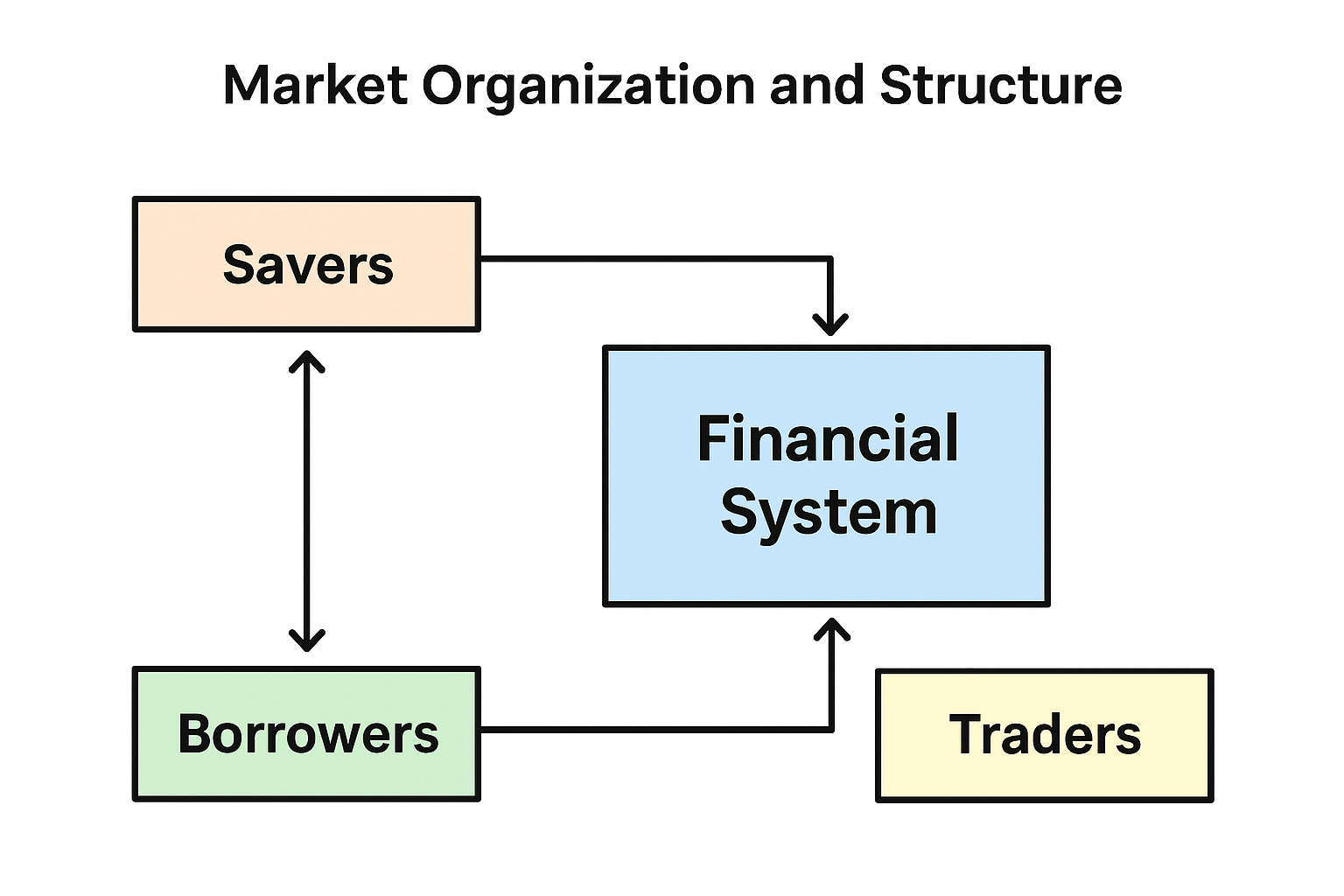Why the Stock Market Might Be Falling on Purpose — And What It Means for Beginner Investors

Why is the stock market dipping sharply while long-term bond ETFs are suddenly surging? Could it be part of a deliberate strategy? Let’s break down a compelling (and slightly conspiratorial) theory that may help beginner investors understand short-term market chaos — and how to stick to smart, long-term investing strategies despite the noise.
🧠 Key Takeaway for Beginner Investors
Even when market news seems driven by politics or panic, sticking to long-term investing principles and diversified assets like the best ETFs for 2025 can help you stay steady and smart with your money.
The Theory: Market Volatility as a Debt Strategy
The U.S. Faces Massive Short-Term Debt Obligations
- Over $7 trillion in short-term U.S. government debt is due within six months.
- The government must either repay this or refinance it.
- But refinancing is expensive when interest rates (like the 10-year Treasury yield) are high.
How Lower Interest Rates Help
- Lower interest rates reduce the cost of refinancing.
- To push rates down, money needs to flow into safe assets like bonds.
- When investors flee stocks out of fear, they often buy bonds — driving bond prices up and interest rates down.
The Suspected Play: Create Fear, Lower Rates
Could This Be Intentional?
Some analysts suggest a strategy:
- Use political events (like trade wars) to trigger market fear.
- Fear drives investors out of stocks and into bonds.
- Bond demand rises → bond yields fall → government borrows at a lower cost.
This theory isn’t official policy — but it's surprisingly plausible.
Recent Market Moves Support the Story
What’s Happening:
- Major stock indexes (like NASDAQ) fell after new trade war rhetoric.
- Long-term U.S. bond ETFs like TLT surged in price — a clear sign investors are moving into bonds.
- Interest rates on 10-year Treasuries dropped significantly, lowering refinancing costs for the government.
What This Means for Long-Term Investors
Don’t Get Distracted by Headlines
Political drama and economic maneuvers may shake the market in the short term — but for beginner investors, here’s what matters:
✅ Focus on the Fundamentals
- Invest in low-cost index funds or top ETFs for 2025
- Stick to a long-term investing plan
- Avoid trying to “time the market”
📈 Use Volatility as an Opportunity
- Down markets = potential discounts on quality investments
- If you're investing for the next 10–30 years, short-term dips can work in your favor
🛡 Diversify Your Portfolio
- Include a mix of stocks, bonds, and international assets
- Consider ETFs with broad exposure across sectors or countries
Best Beginner Investing Tips (2025 Edition)
Here are some timeless principles:
1. Start Early, Even with Small Amounts
Thanks to compounding, time matters more than timing.
2. Invest Regularly
Use dollar-cost averaging to reduce the risk of buying at market highs.
3. Use Tax-Advantaged Accounts
Think IRAs or 401(k)s (or local equivalents) to boost after-tax returns.
4. Choose Simple, Low-Fee ETFs
Look into ETFs like:
- VTI (Total U.S. Stock Market)
- VOO (S&P 500)
- VXUS (International Markets)
- TLT (Long-Term Bonds, if seeking diversification)
5. Stay Calm During Market Drops
Downturns are part of the game — successful investors stay the course.
Final Thoughts: Ignore the Noise, Trust the Process
Whether or not the market dip is part of a political strategy, one thing remains clear: trying to outguess short-term moves is a losing game. For beginner investors, the best approach is to:
- Stay diversified
- Keep investing regularly
- Focus on your long-term goals
 TechStockTrade
TechStockTrade





